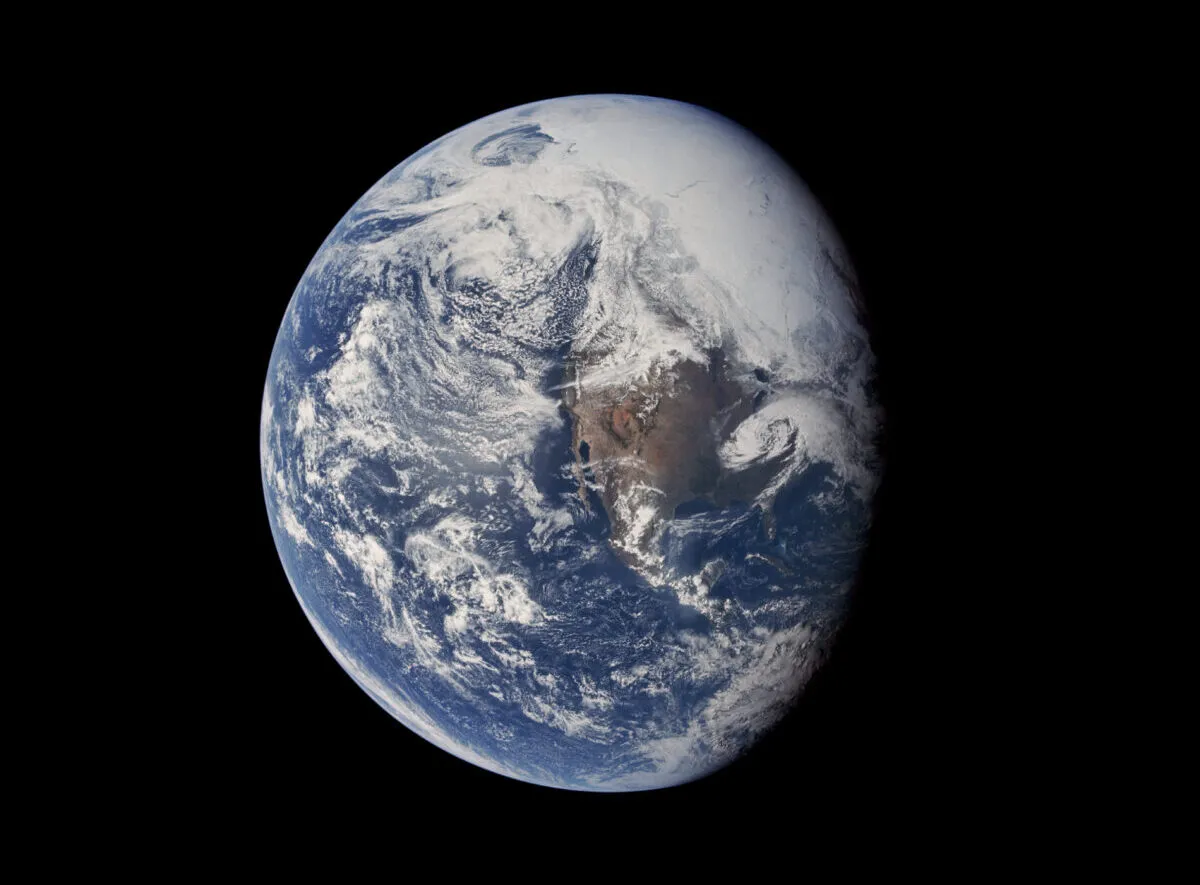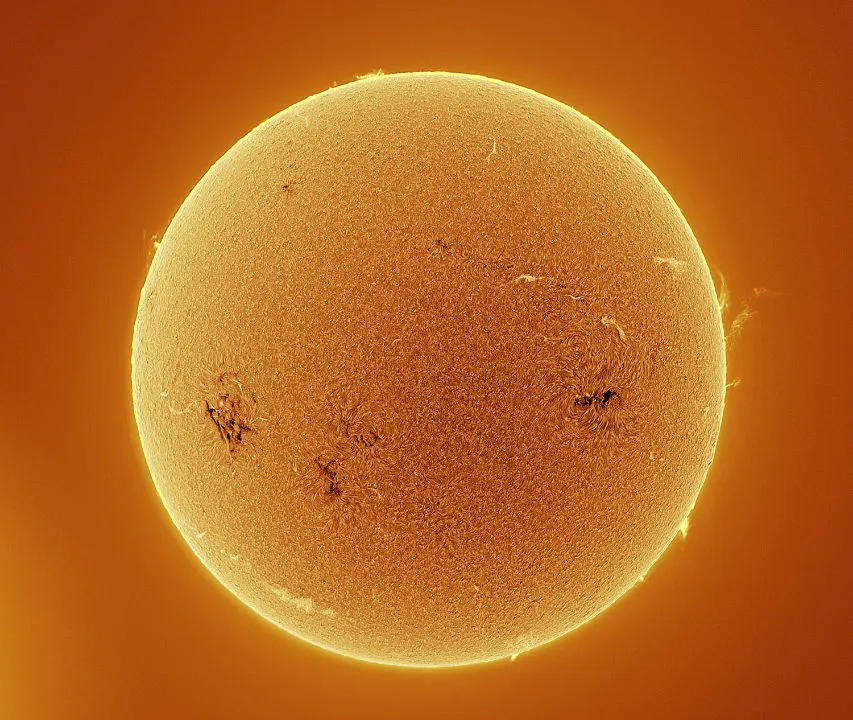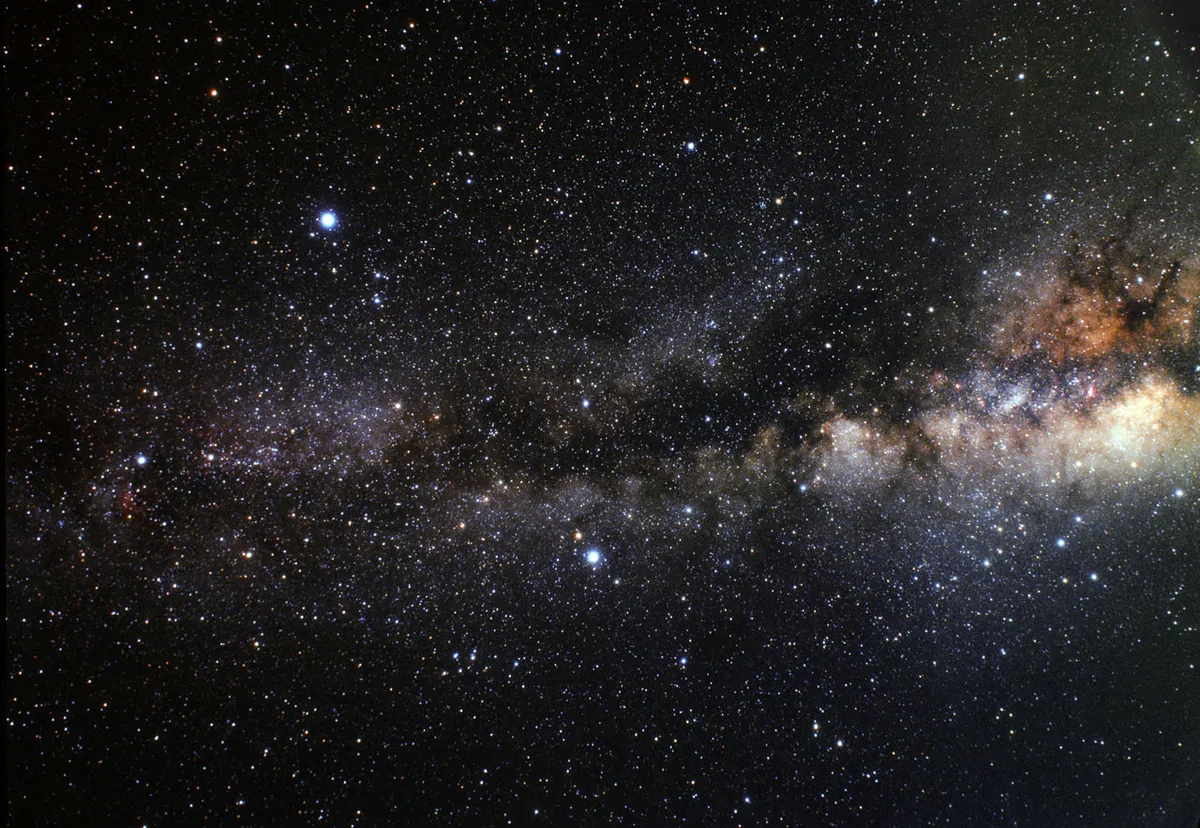From the major planets in our Solar System to the very Sun itself, the sphere is the most common shape of celestial bodies, but why are the planets round?
The short answer as to why the planets are around is simply gravity!
Gravity is the main force that sculpts the Universe, causing the formation of planets, stars and galaxies.
It works over great distances and has no preferred orientation.
Gravity draws matter in from all directions, which clumps together and forms a round shape that looks the same from all directions. The shape that meets all these criteria is a sphere.

Planets are not perfectly round
Gravity may be the reason why planets are round, but it also distorts the sphere we would expect to see, so most of the bodies we think of as being round are really 'almost spherical'.
Take our planet for instance. If I was to travel all around the world from pole to pole, I would have covered a distance of around 39,941km.
If I were to do the same journey, but this time around the equator, I would have travelled an additional 130km.
The Earth bulges at the equator to form a shape close to an oblate spheroid – a slightly squashed sphere.
Why planets are squashed

The reason why planets get a bit fat around the middle is due to their rotation about their axes.
Imagine the chairoplane: that fairground ride with lots of chairs hanging down from a central disc.
As the disc starts to rotate, the chairs lift and move outward from the centre or outward from the centre of rotation.
The only thing stopping the chairs from flying off is the chains.
The same thing happens to a planet when it spins. Gravity pulls everything inwards, but the speed of the rotation pushes everything outwards.
Just like the chairs on the ride moving outward, as a plane rotates on its axis it grows wider around the middle.
How fast a planet rotates seems to be one of the largest influences on the size of the bulge.
- Earth, with its 24-hour rotation, has a bulge of about 0.3%
- One rotation of Jupiter takes 10 hours and it has a bulge of 0.7%
- Venus, which takes 243 Earth days to complete a single rotation, has no discernible bulge at all
But what of something much larger? Do stars bulge as well?

Stars' spin and bulge
Data from NASA's Solar Dynamics Observatory (SDO) revealed that even though the Sun rotates a rapid 7,000km/h at its equator, measurements of its bulge find its smaller than expected – virtually negligible in fact.
Is this normal for stars? The SDO only recently made the measurements of the Sun.
Our star’s brightness and turbulent surface make defining its edge hard work.

Doing this for another star has proved to be more challenging still, but Altair in Aquila, which rotates at an even faster 17,000km/h, has been measured and found to have a bulge.
So why does our Sun not bulge as it spin? Well, this currently remains a mystery.
A few theories are being postulated but there is little evidence to back them as yet.
I think the fact that the Sun is lacking a bulge will be the source of much research in the future, and it shows that we can still have a number of surprises on our astronomical doorstep.
This guide originally appeared in the June 2014 issue of BBC Sky at Night Magazine.
